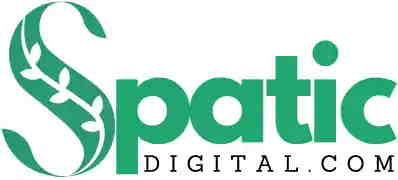A prismatic guide to compliance signs or industrial safety signs- standards, types, and regulations
Businesses around the globe know that safety signs or compliance signs represent an indispensable aspect of their safety and health policies. However, not every company proactively underlines the reasons why the signs have become so vital in today’s business environment.
Not installing safety signs in your workplace or commercial setting could be a critical oversight for businesses in many industries. Do remember that a workplace safety standard and intervention’s success often depend on the extent to which its managers can communicate the worth of a measure to their employees.
• If you cannot bring all workers into your organization’s safety and health policies, they are less likely to adhere to the regulations as they should.
• In addition to imparting visual communication of crucial safety messages, compliances signs also highlight safe work methods and hazards.
They feature vivid pictographic illustrations of the dangers, accompanying that by simple, clear text instructions and stunning visual designs. They have specific shapes and color-coding to make it highly visible.
The prominent uses
You use compliance signs for various purposes, with the most popular applications catering to a few categories.
• They are important for equipment maintenance requisites. Industrial machinery and equipment require regular, recurring maintenance to maintain optimum functionality.
• You often use signs for outlining maintenance requisites and providing basic guidelines for maintenance protocols.
• You also use industrial safety signs to convey operating instructions. While seasoned equipment operators and workers may not need to go through the standard safety regulations before every operation, regulatory agencies often mandate the signs to ensure a safety fortress for organizational liability.
• For example, if a staff injures himself/herself by using incorrect operating methods, the law may penalize the company if its equipment didn’t display proper signage or warning signs.
• Compliance signs also display vital safety instructions regarding injury and health risks. They may also feature information about stay away from harmful substances or hazardous chemicals or materials.
• The signs may also provide notification of the safety equipment’s location, such as a sanitization station or eye wash booth.
As you can understand, the most obvious benefit of these sings is promotion of safety and preventing workplace injuries. Some applications and procedures are subject to specific regulations/statutes that mandate the implementation of these signs.
Benefits of safety signage
One of the most underrated benefits of compliance signs is wayfinding. You design wayfinding to shuttle employees from Point 1 to Point B. The signs help users to steer clear of perilous areas by directing them towards alternate routes. They help you avoid congestions and help the staff in emergencies.
• OSHA mandates many rules to communicate emergency egress routes. Every exit point/route must be visible, with an EXIT sign clearly marking the point.
• The Exit lettering must have legibility. The word should be 6” at the minimum.
• You need to install the signs along the concerned exit route, which direct you towards the nearest exit.
Arc Flash safety signs don’t specifically feature arc flash labels, but the electrical safety in industries is a very crucial approach to keep your staff safe with consistent visual communication.

